11 Traditional African Clothing That Identifies African Tribes At A Glance

If you have ever been to any traditional African event, one of the first things you will notice is the elegant and bright display of traditional African clothing. This often adds color and elegance to the already often energetic scenes.
Traditional African clothing represents one of—if not the biggest—symbols of the continent’s rich cultural heritage and diversity. Across the continent, different ethnic groups have their identifying traditional African clothing.
They mostly wear these clothes for special occasions, traditional festivals, and special events. However, some creative designers are now combining traditional African clothing with other materials to make unique designs. Thus, some hitherto traditional African clothes are becoming everyday wear.
ALSO READ: 15 Jewelry Statement Pieces To Showcase Your African Heritage
Often, these dresses reflect the traditional society and the status of certain individuals or groups within an ethnic group. Apart from their elegance, owning one of these traditional African clothes can help you to connect to your roots. All 11 traditional African clothing on our list represent all regions of the continent.
What is Traditional African Clothing made of?

Fabrics for making traditional African clothing vary from one region to another. For instance, while Sahelian Africans prefer cotton Boubous, Northern Africans naturally make theirs of silk. African clothes are products of mostly silk, cotton, and chiffon material. Sometimes, the preferred fabric boils down to what is readily available in each region.
What is the most popular African clothing?
Dashiki appears to be the most popular African clothing. While it is worn mostly in West Africa, its use has spilt to other regions of the continent. East African users, particularly in Kenya and Tanzania, prefer to call it Kitenge.
As you head towards the northern part of the continent, the most popular traditional cloth will become Djellaba. This silk robe is usually worn over other clothes by both men and women. This mode of dressing is predominantly associated with Muslims.
Where can I buy authentic African clothing?
There are several outlets for you to buy African fabrics. However, to be sure you are getting authentic textiles from top-class designers, visit only reputable outlets. Iwearafrican is a one-stop shop for everything African.
It is also a platform where African designers can find a global market for their unique designs. Without further chitchat, let’s have a look at 11 traditional African clothing and their origin.
1. Kente (Ghana)

Kente is a unisex traditional African clothing that finds its history among the Ashanti and Ewe people of Ghana. It is made out of cloth strips of silk and/or cotton, designed to fit the cloth’s patterns.
Despite technological advancements, native Ashantis still weave their Kente clothes by hand. Historically, Ghanaian royalties wore the fabric in a toga-like fashion. However, today, because of the popularity of Kente patterns, Kente print has become widely popular in Asia and the West.
Thankfully, you don’t need to visit Ghana to get kente fabric or outfits today. Regardless of your location, you can get kente outfits and accessories from here or here.
Here are just some kente items your can get to afronize your wardrobe.
ALSO READ: 17 Afro-Themed Valentines Day Outfits For Women
2. Iro ati Buba (Nigeria)
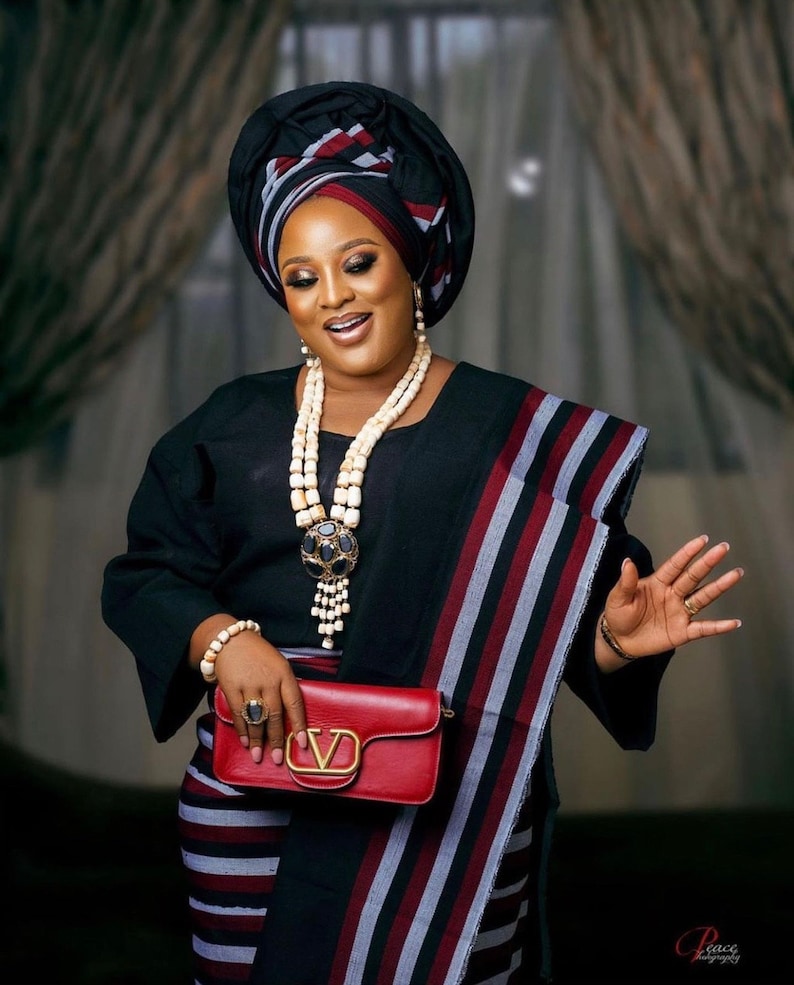
Iro and Buba (popularly called Iro ati Buba) are native to Yoruba women of Nigeria. The original version of the dress features five pieces. There is the Iro, a large wrapper tied to fit around the waist.
Buba is a loose blouse worn on the upper part of the body. Gele is a head tie which Nigerian women are globally famous for. The Pele is a short fabric tied on top of the Iro around the waist.
The Iborun is a scarf that drapes over the left shoulder. However, trendsetters are doing away with the Pele and Iborun, replacing the traditional Aso Oke with other fabrics such as lace, cotton, or chiffon. Get you Iro and Buba here.
3. Toghu/Atoghu (Cameroon)

The Toghu or Atoghu is a traditional outfit that is popular among the Bamileke people of North-Western Cameroon. In the past, only men and women of royalty wore the Toghu as a sign of traditional superiority over the commoner. It is also a traditional attire suite for investitures, traditional coronations, and other festivals.
In terms of design, Toghu is embroidered with colorful patterns. It is made of black velvety fabric. Since the turn of the 21st century, Toghu has gone global as more African Americans continue to trace their roots back to Cameroon. Get yours here.
4. Agbada (West Africa)

Among the Wolof of Senegambia, it is referred to as mbubb or boubou (French), while the Hausa and Fulani people of the West African savannah call it riga. The Yoruba adaptation of the agbada showcases the fluidity of African cultural practices, having adopted it from the Hausa and Fulani communities.
This attire is crafted from a single piece of fabric, typically measuring about 150cm in width, with the length tailored to the wearer’s height and style preferences. The grander version of this robe, often referred to as the grand Boubou, utilizes fabric that is approximately 300 cm long, elegantly draping down to the ankles. Its design process is a study in simplicity and functionality; the fabric is folded in half, a neck opening is created, and the sides are sewn up partially to form its distinctive flowing sleeves.
Distinct variations exist between the genders. For women, the agbada features a generously rounded neck, while men’s versions boast a more pronounced, V-shaped neckline. This subtle distinction adds to the robe’s appeal, allowing for personal expression within the framework of traditional design. The agbada stands as a testament to the shared heritage and ongoing dialogue within African cultures, offering a window into the continent’s rich diversity and the interconnectedness of its peoples.
5. Kanzu (Uganda)

Kanzus are white or cream African traditional clothing worn by men in the African Great Lakes region. This includes Burundians, Congolese, Ethiopians, Kenyans, Malawians, Rwandans, Tanzanians, and Ugandans.
The English call it Tunic, and the Arab, Thawb. It is especially popular in Uganda, where men wear it to weddings and festivals. “Men of culture” wear the Kanzu to give them an aura of authority and sophistication.
ALSO READ: 20 African Print Dresses That We Are Totally Crushing On This Fall
6. Habesha Kemis (Ethiopia, Eritrea)
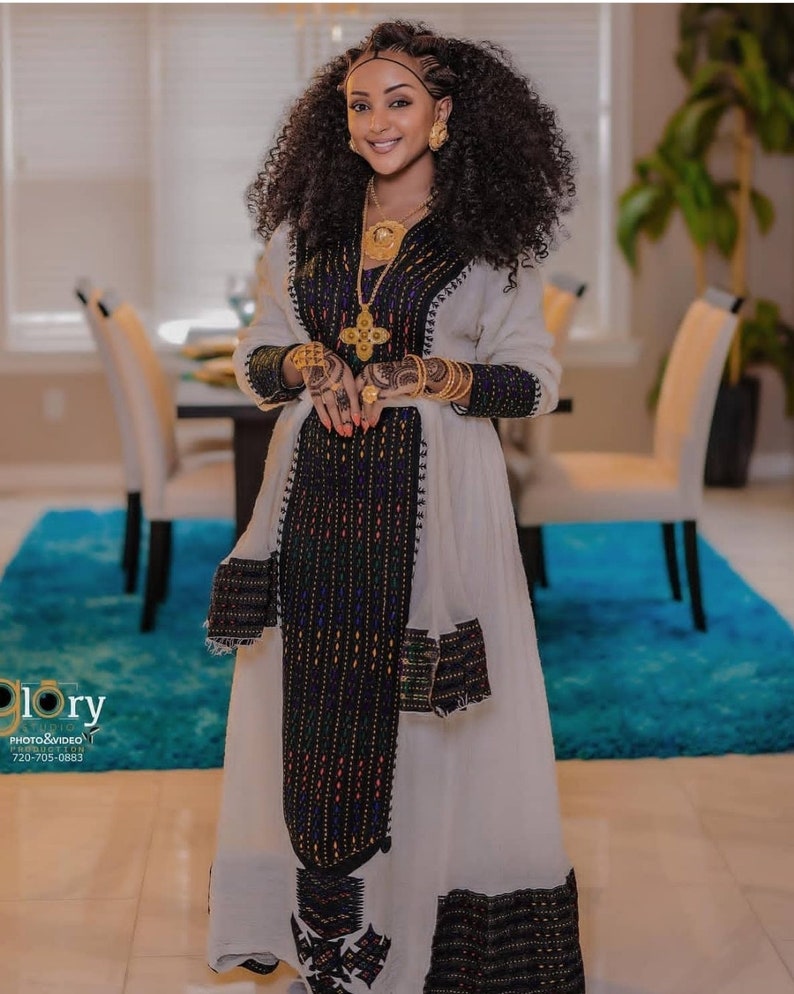
The Habesha Kemis is African traditional clothing belonging to the Habesha women of Addis Ababa, Ethiopia. Habesha Kemis is usually a robe that stretches from the neck to the ankles.
Ethiopian and Eritrean women rock it for formal events and vacations. Nowadays, it comes in various forms including short- or long-sleeves. It typically comes in grey, beige or white shades and is sewn from cotton fabric. Get yours here.
7. Djellaba (Morocco, Tunisia)

Jillaba or Djellaba is a long, loose-fitting unisex robe. It is usually full-sleeved and worn also in the Maghreb region of North Africa. Traditionally, the main material for designing djellabas is wool. However, these days lightweight cotton djellabas have become trendy.
Djellabas often sweep the ground. However, lightweight variants are often slimmer and shorter. Men wear light-colored Djellabas along with an Arab fez hat and babouche footwear for religious festivals and other occasions.
ALSO READ: Designer Spotlight: Where Is Togolese Designer Grace Wallace?
8. Shuka (Kenya)

Shuka is traditional African clothing that belongs to the Maasai people of Tanzania and Kenya. Popularly called the ‘African Blanket’, it is often red with black stripes. Before the colonization of Tanzania and Kenya by the Scottish, high-ranking community members wore Shuka as a traditional garment.
Today, it is also gaining traction as urban wear. Workers wear a variant of this traditional clothing to their places of work. Previously, only the Maasai originally wore Shuka. However, this traditional African cloth is now gaining acceptance all over the globe. Get your shuka blanket here.
9. Dashiki

Dashiki is African traditional clothing indigenous to the Ewe people of Ghana. They are also colorful garments that cover the upper part of the body. Dashiki is a Unisex loose-fitting shirt, long or full-sleeved, with an embroidered V-shaped collar.
They also come in many colors and forms. Most times, Ghanaians wear Dashikis with drawstring pants for formal and informal occasions. Although once common in Ghana and a few West African nations, Africans and Blacks in the West now wear them.
Dashikis are stylish, colorful, and easily point the wearer back to their roots. If you find this traditional African clothing interesting, get yours here.
10. Isidwaba

Isidwaba is a popular dress among the Zulus. Otherwise known as Isikhakha, Isidwaba is a traditional skirt worn by betrothed or married women in Southern Africa. It is usually made from genuine leather which could either be cowhide or goatskin.
The lady adorns it with colorful mat-like fabric. Since the 19th century when it came into existence, Isidwaba has maintained its form and design among the Zulus. Traditionally, fathers of brides give out Isidwabas to their daughters from the cow the bride gets during her coming-of-age ceremony.
Subsequently, she has to wear the skirt on the day of her marriage. You can identify with this Zulu culture by owning one of these traditional African clothes. Get yours here.
11. Isiagu

The Isiagu finds its roots among the Igbo people of South-East Nigeria. ‘Isiagu’ literally translates to ‘the head of a leopard’. However, it will surprise you to see that the cloth has the head of a lion.
Well, the lion is taking over the totem reserved for the leopard. The Isiagu marries a silk fabric with the head of a lion emblazoned in a definite pattern. It is a long, loose-fitting top usually worn over a pair of black trousers or knitted wrappers tied around the waist.
Interestingly, the Isiagu is also a status symbol among Igbo men. They wear it for formal occasions such as coronations, traditional meetings, and funerals of Chiefs.
It used to be an abomination for women to wear isiagu. However, millennials have changed that narrative. Some even use it to make their wedding dress. You can belong to the elite group of traditional African cloth owners by getting yours here.
Conclusion
Traditional African clothing continues to hold deep ethnic meanings to date. They also embody the cultural heritage and diversity of Africa. Although the sternness around who can wear them has diminished over the years, they are still highly valued.
Unfortunately, for a list as short and elaborate as this one, it is OK for some important traditional African clothing to be missing. However, is there an important traditional African cloth that deserves to be on this list? Do you know the name of your traditional clothing? Feel free to share with us too.


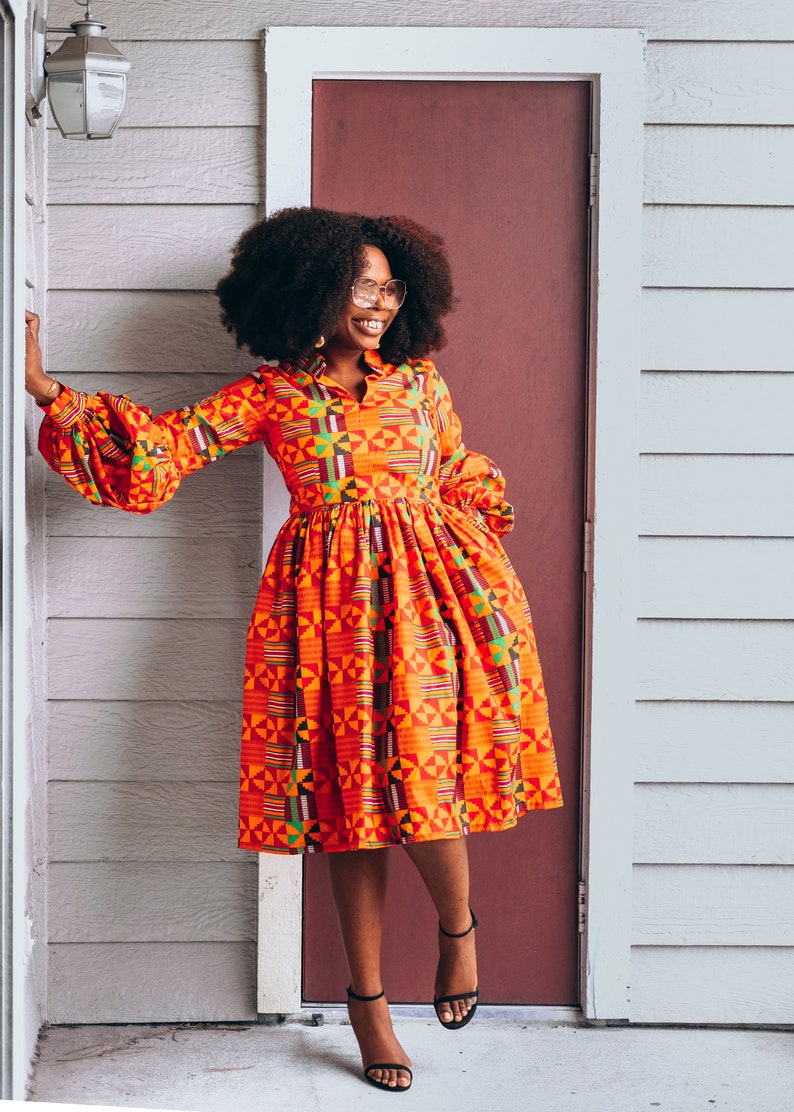
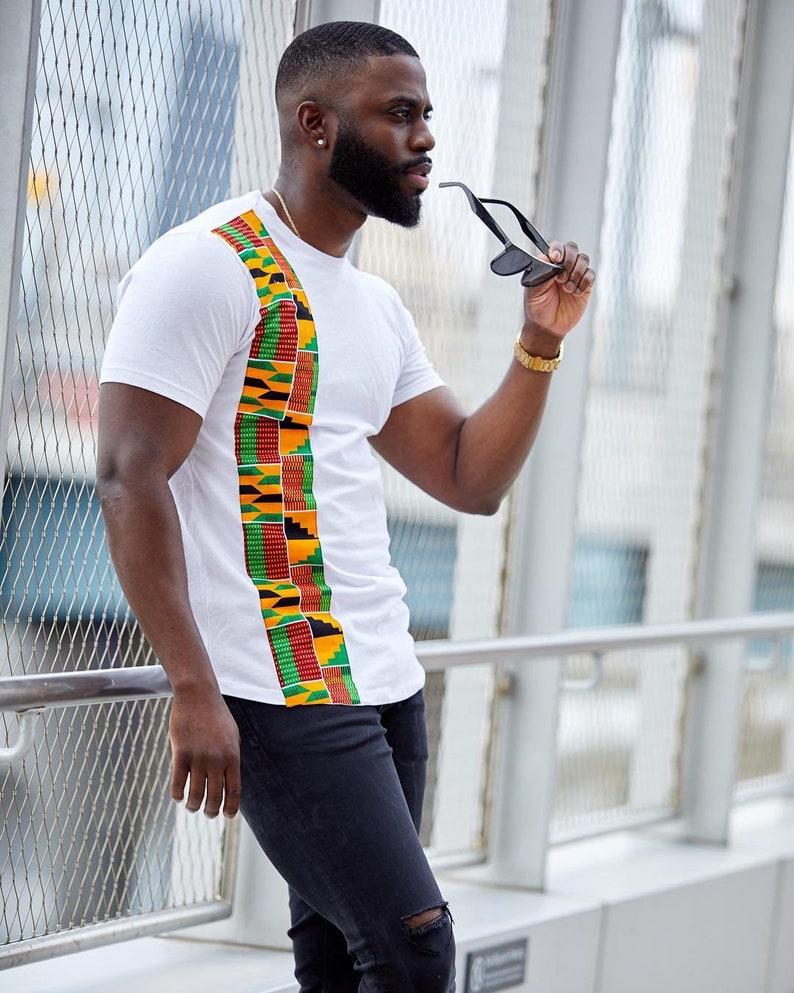


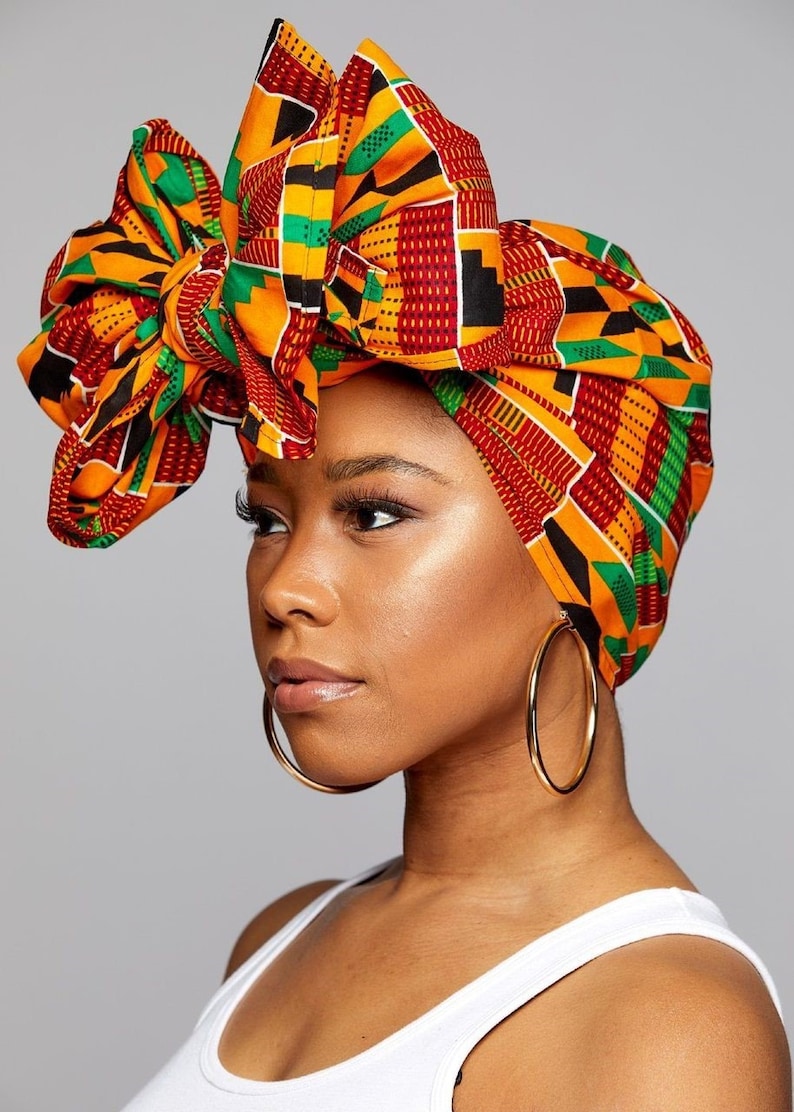


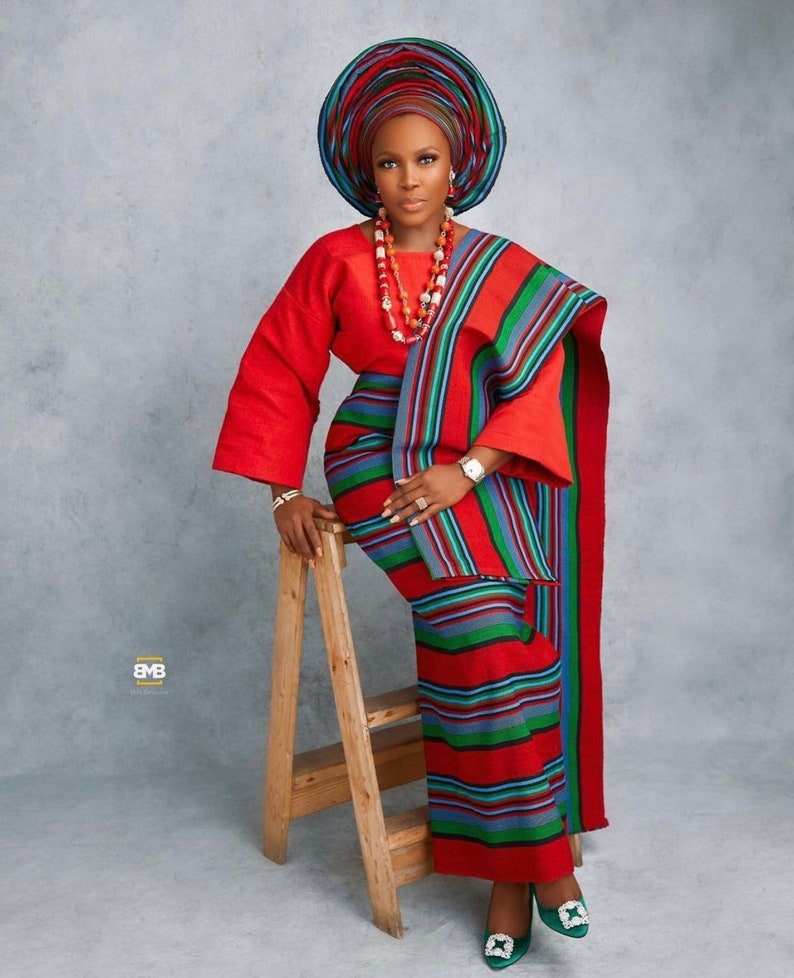
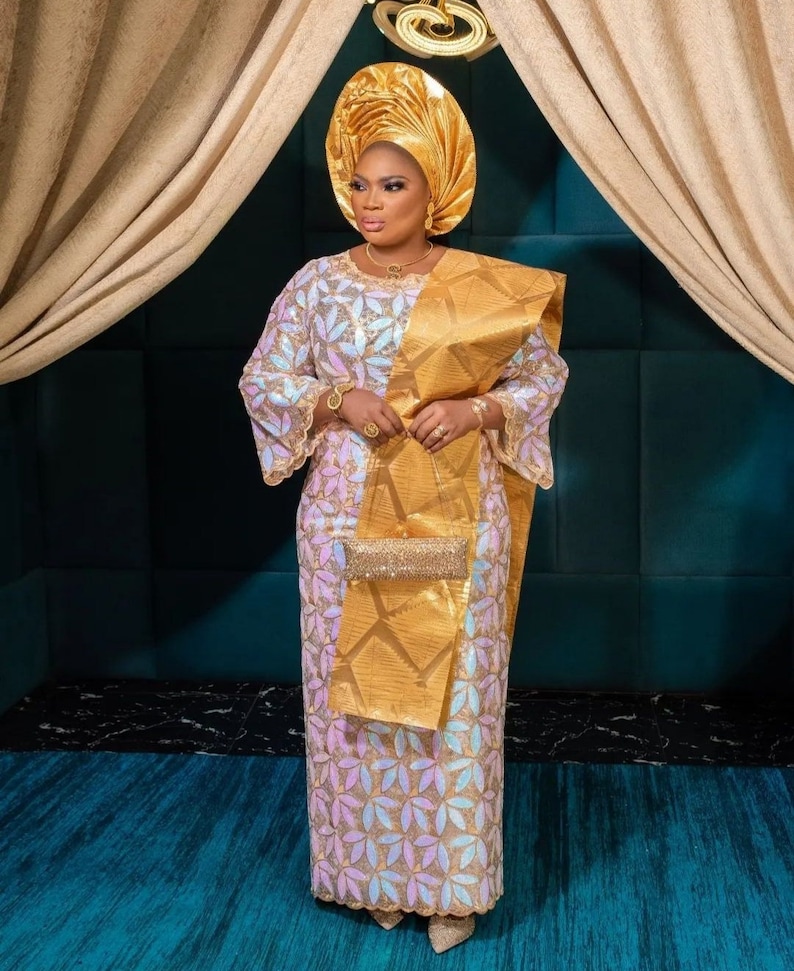
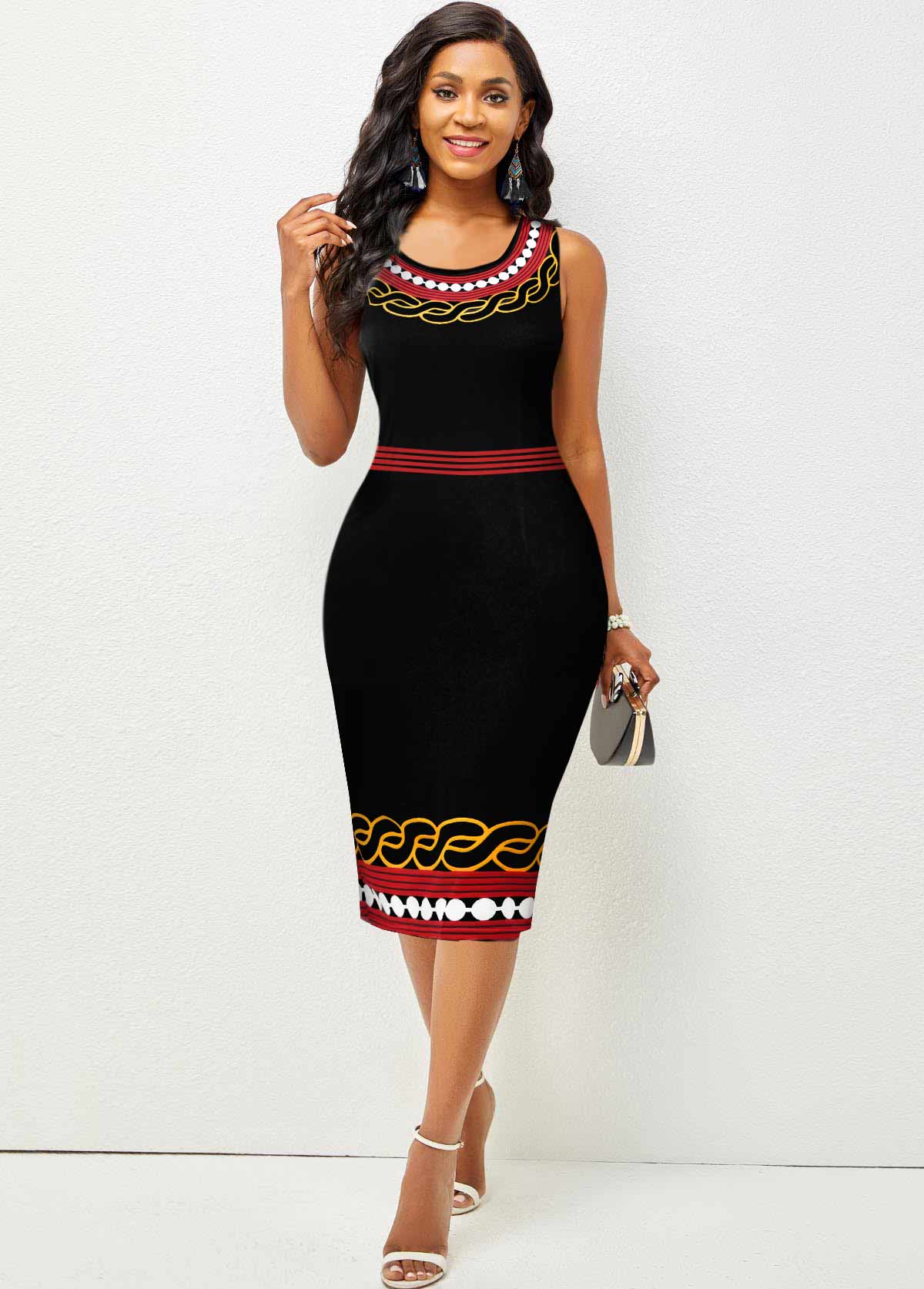
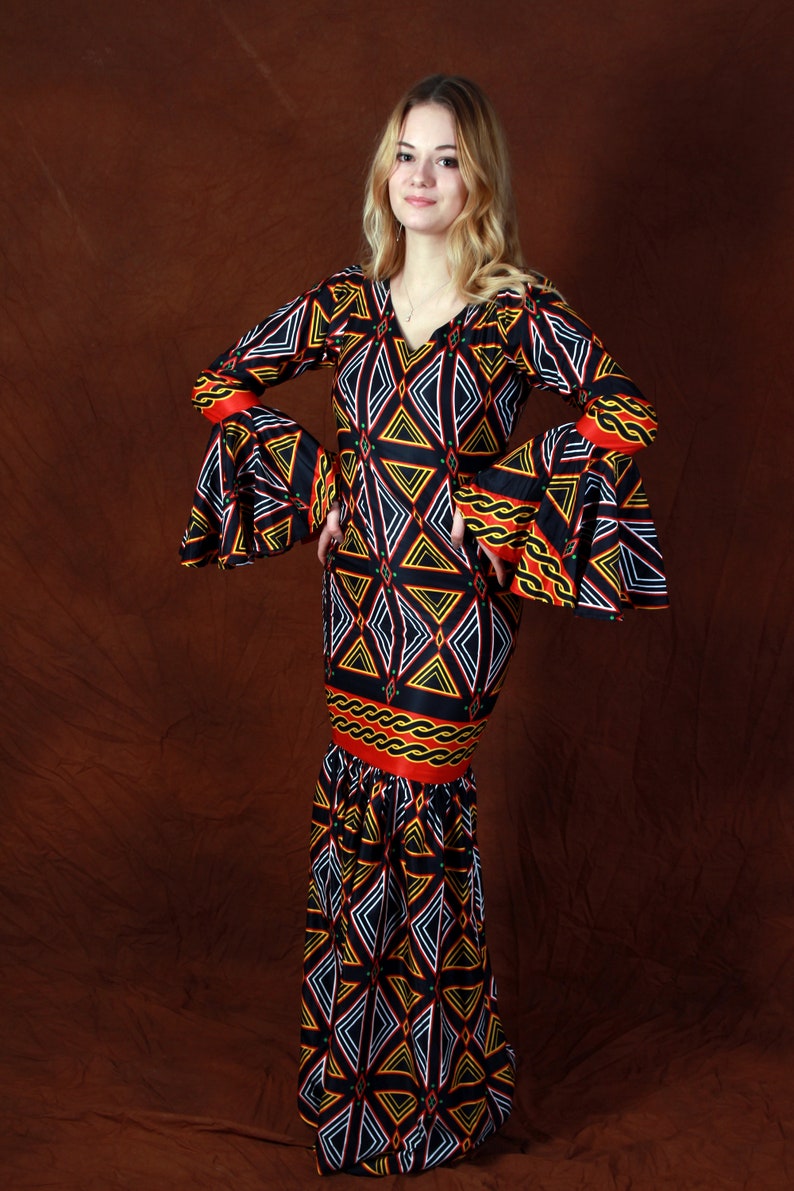
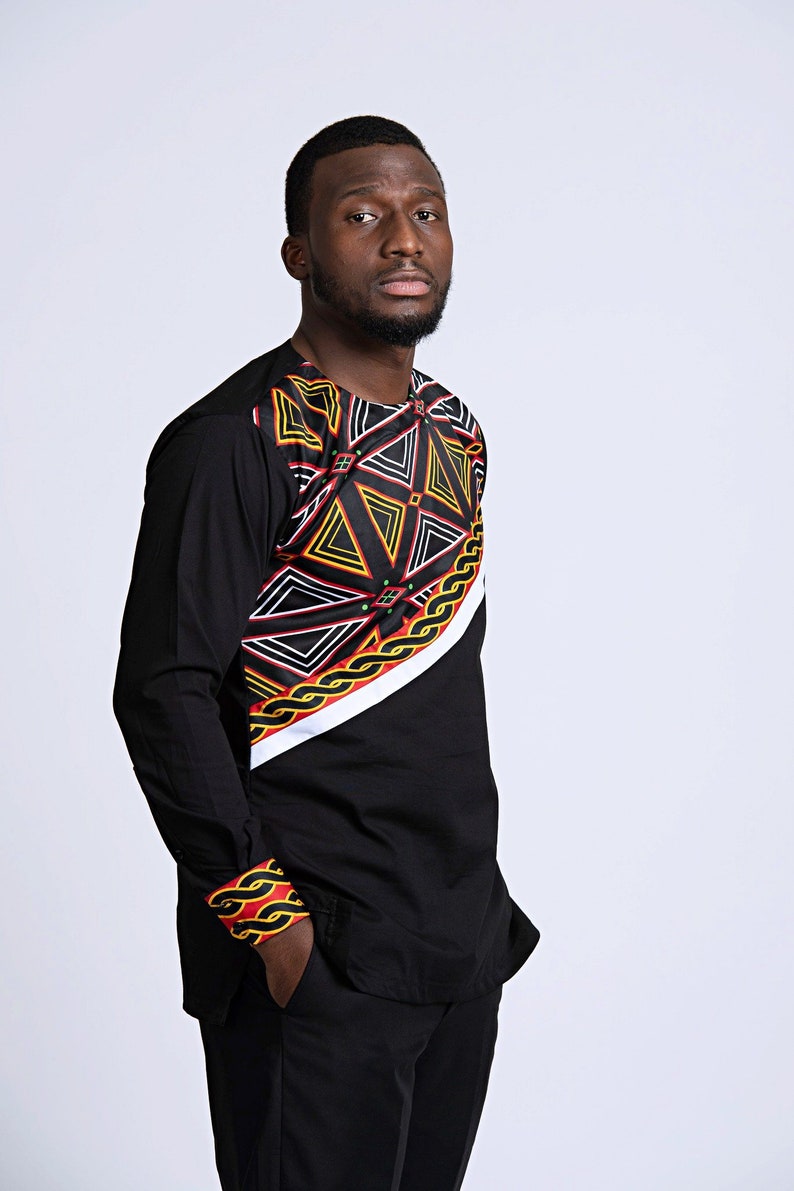

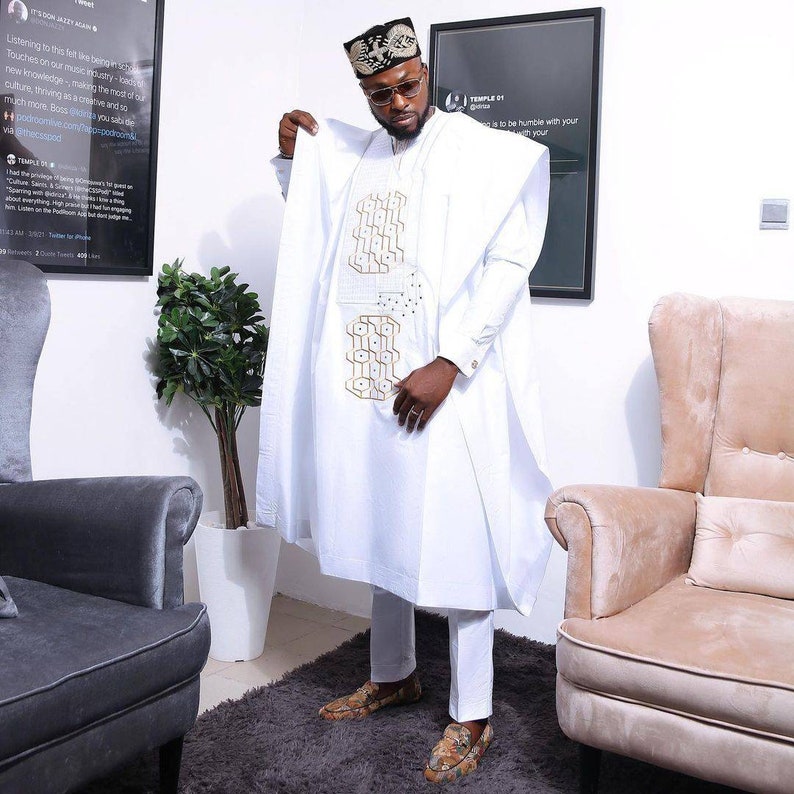

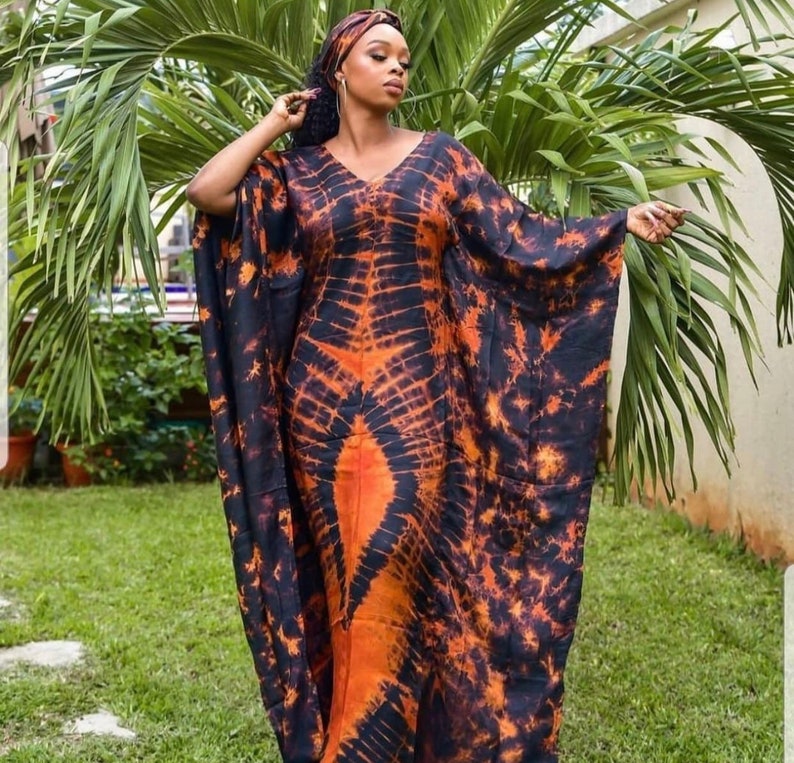
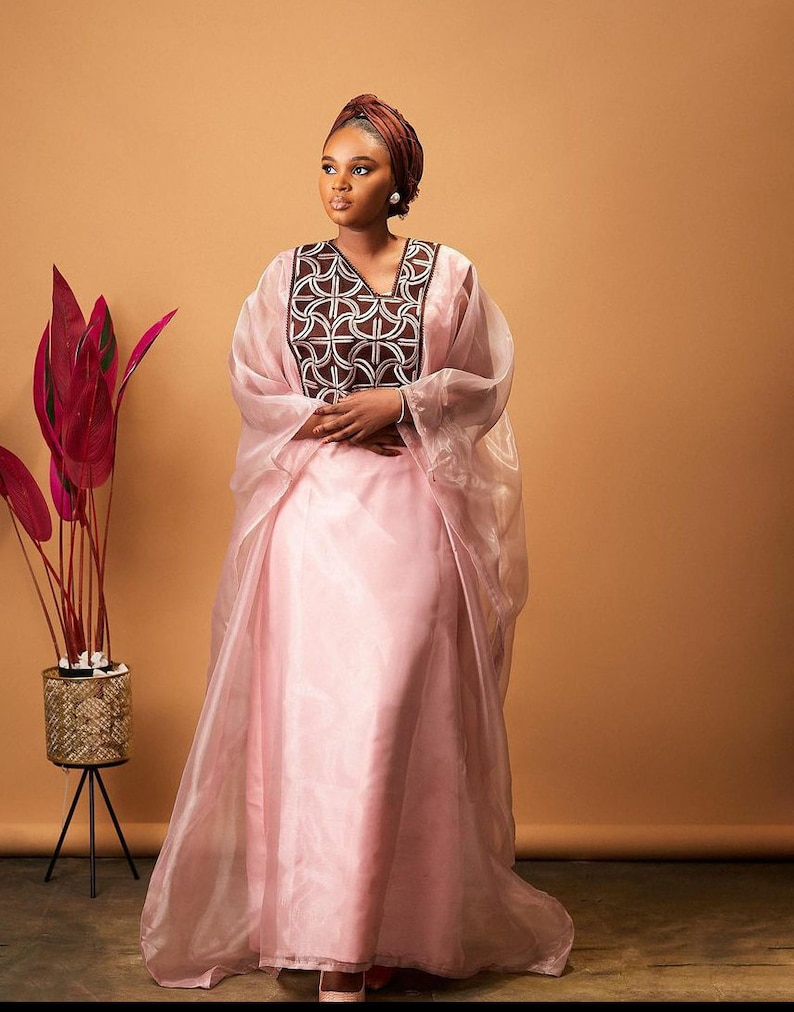
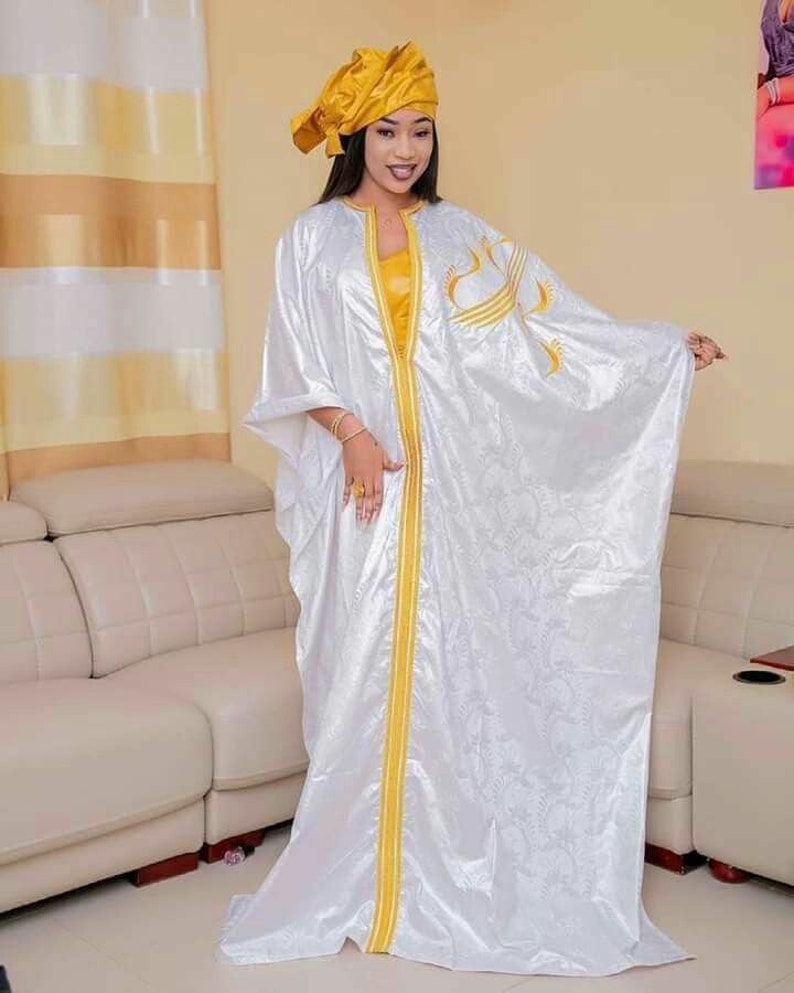
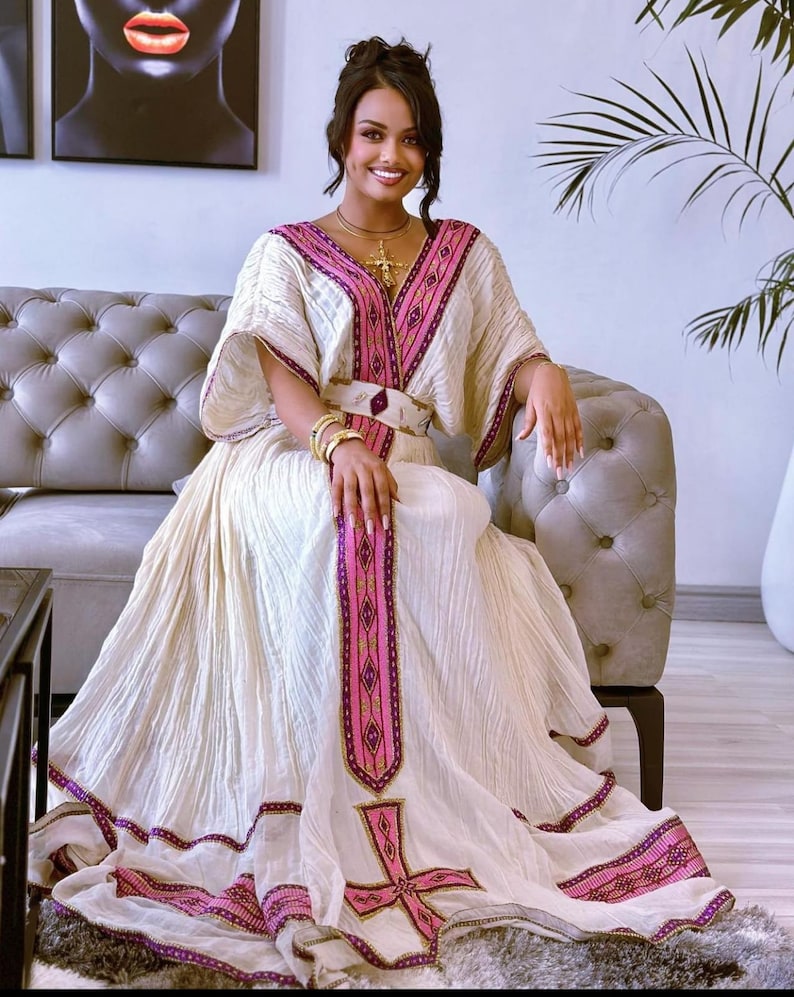
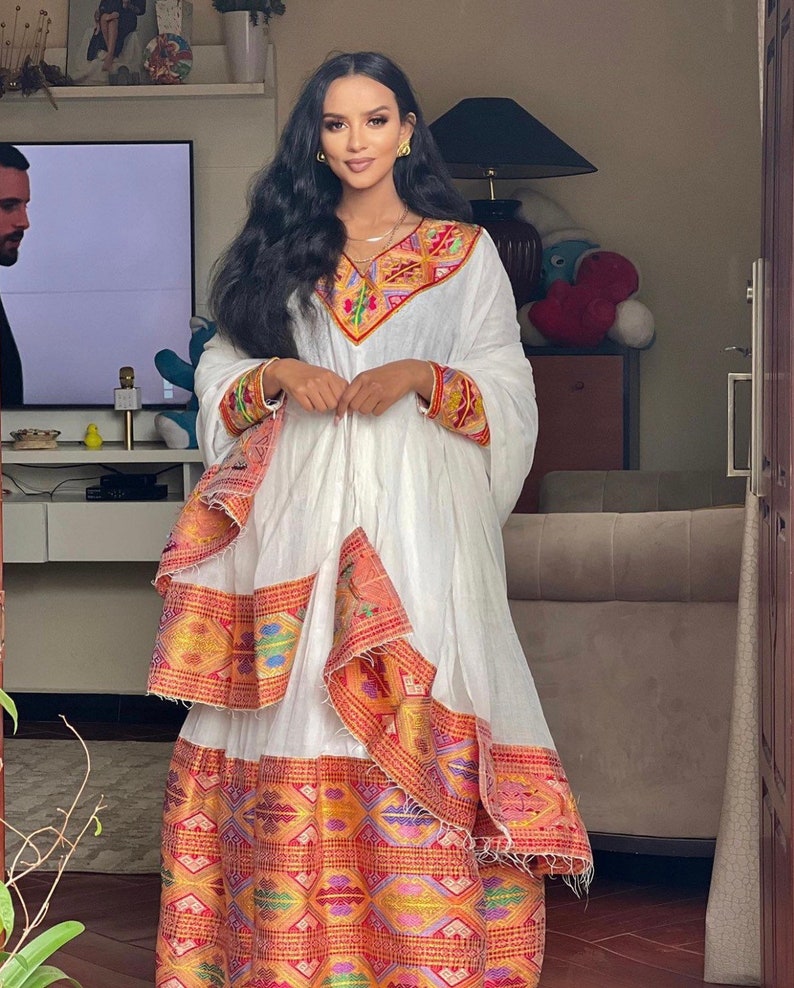
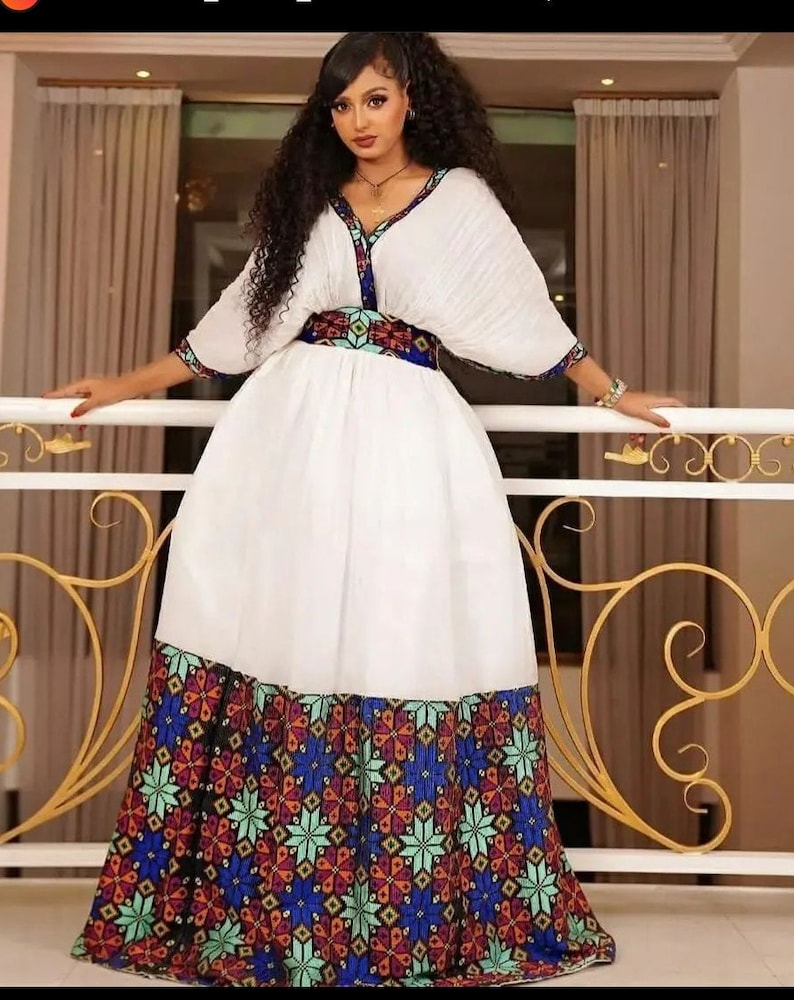



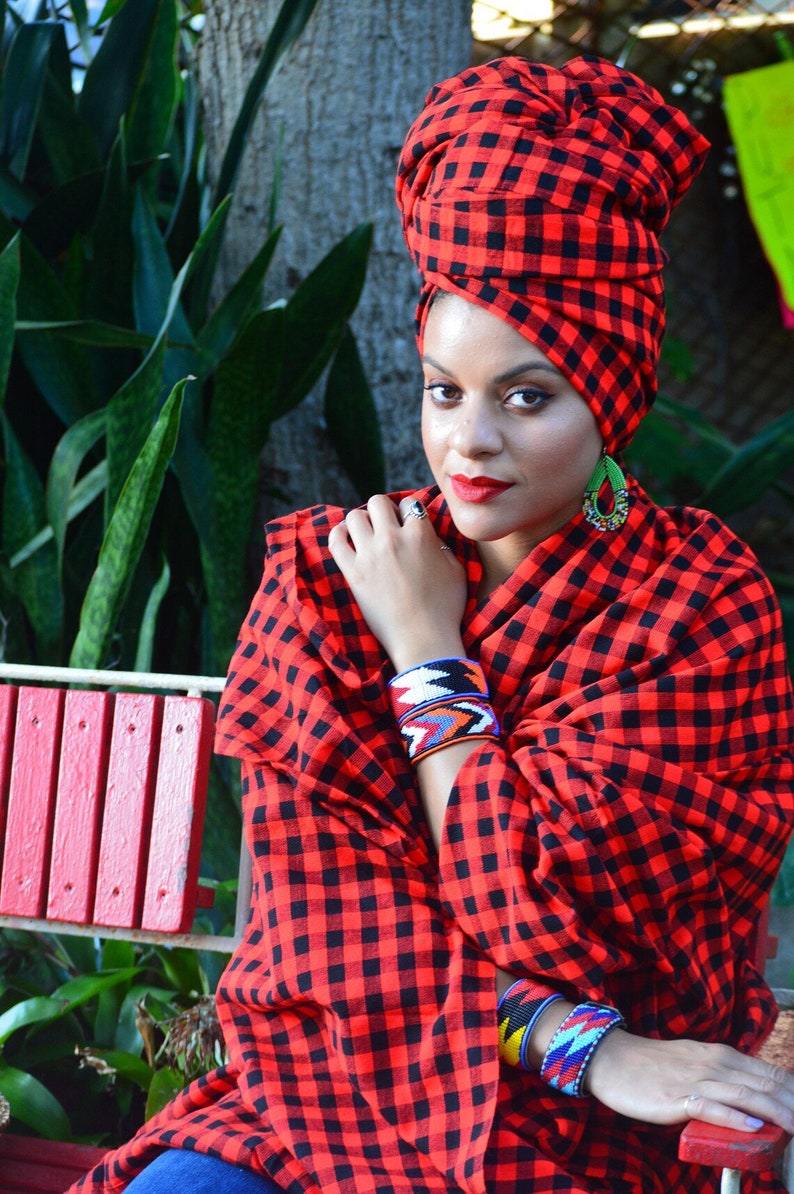
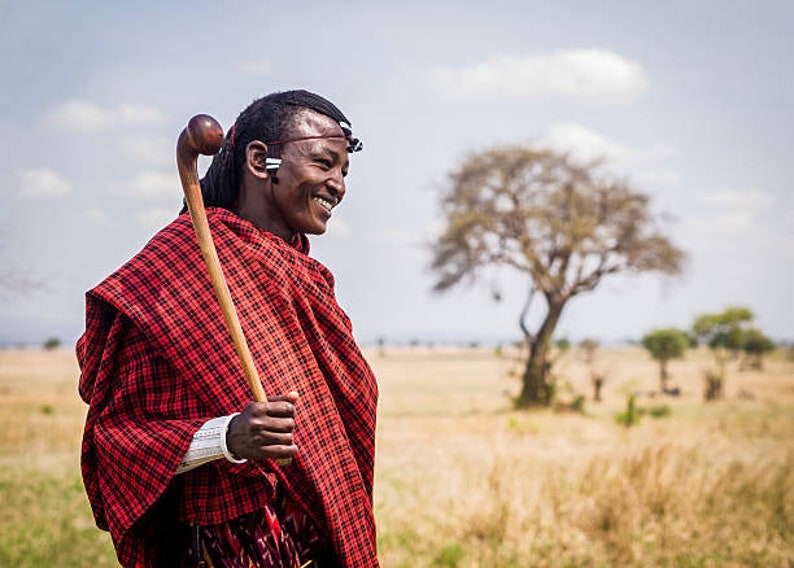
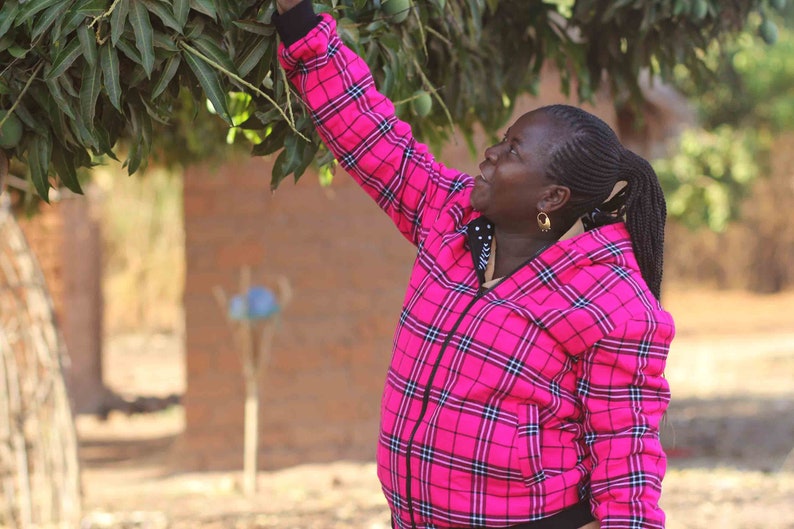

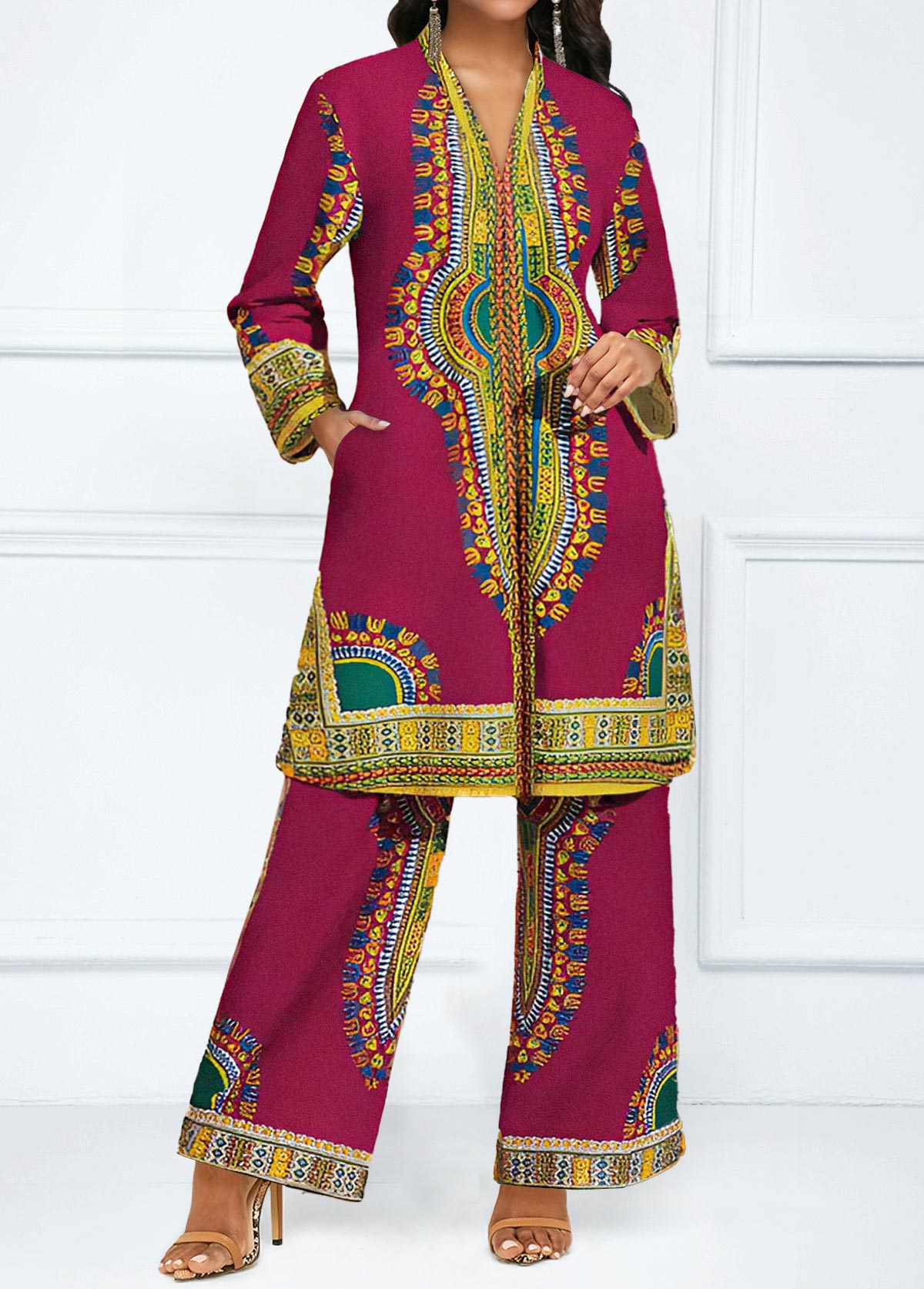


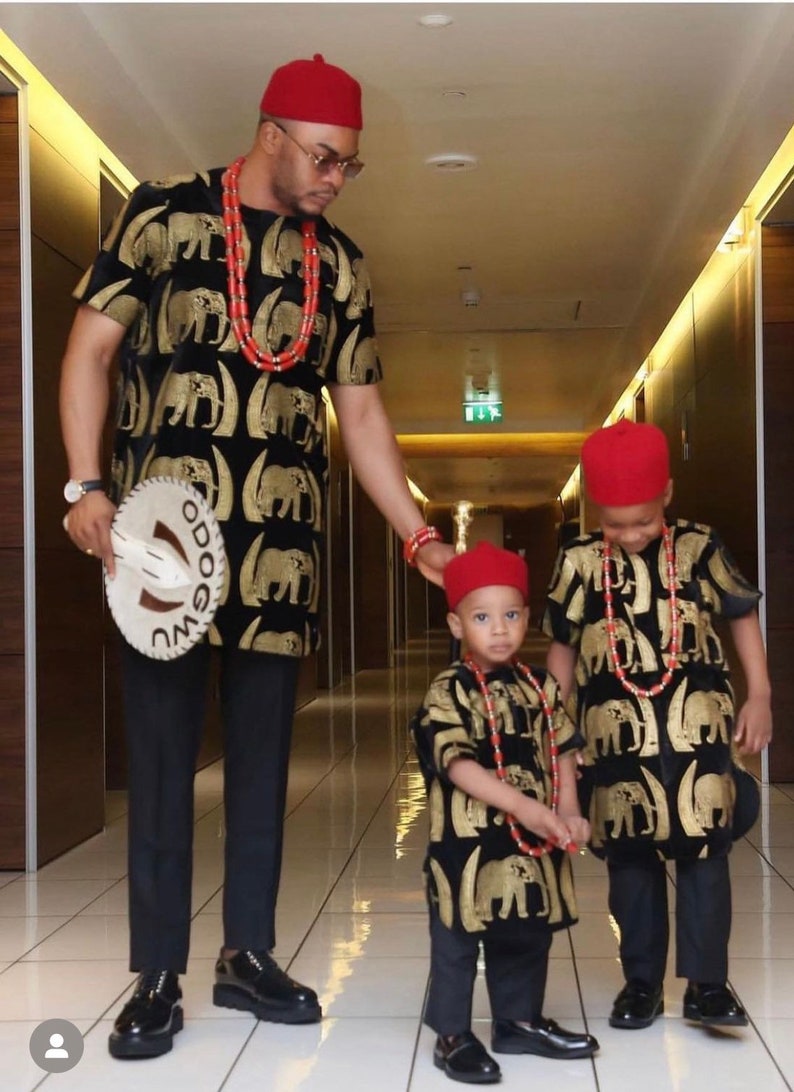

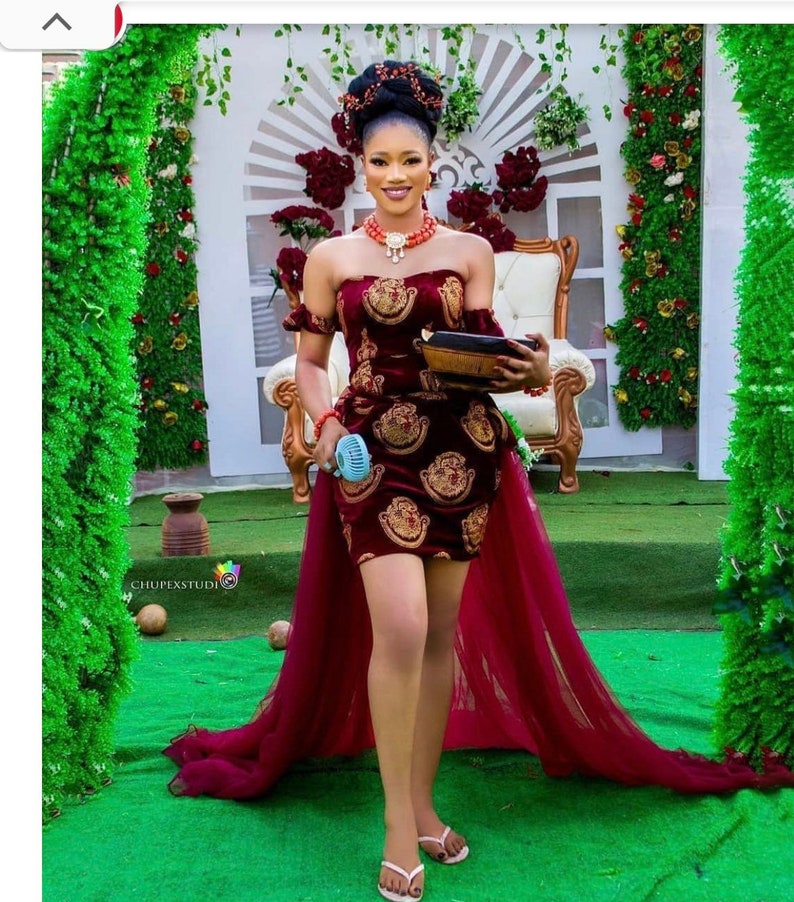
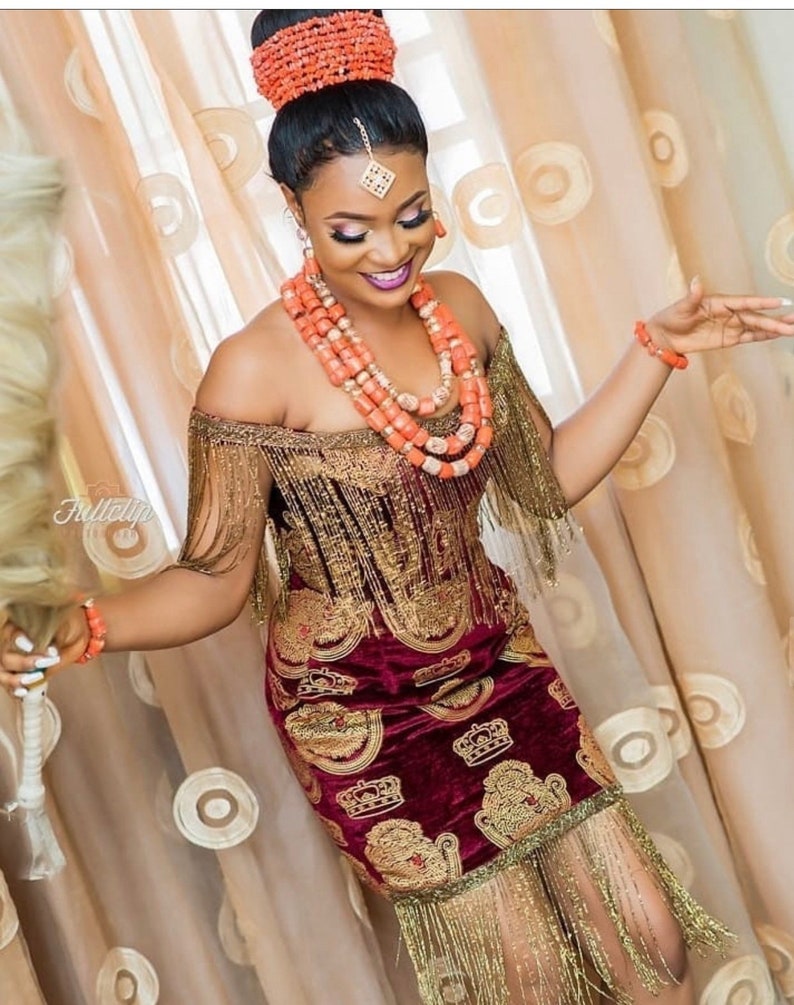
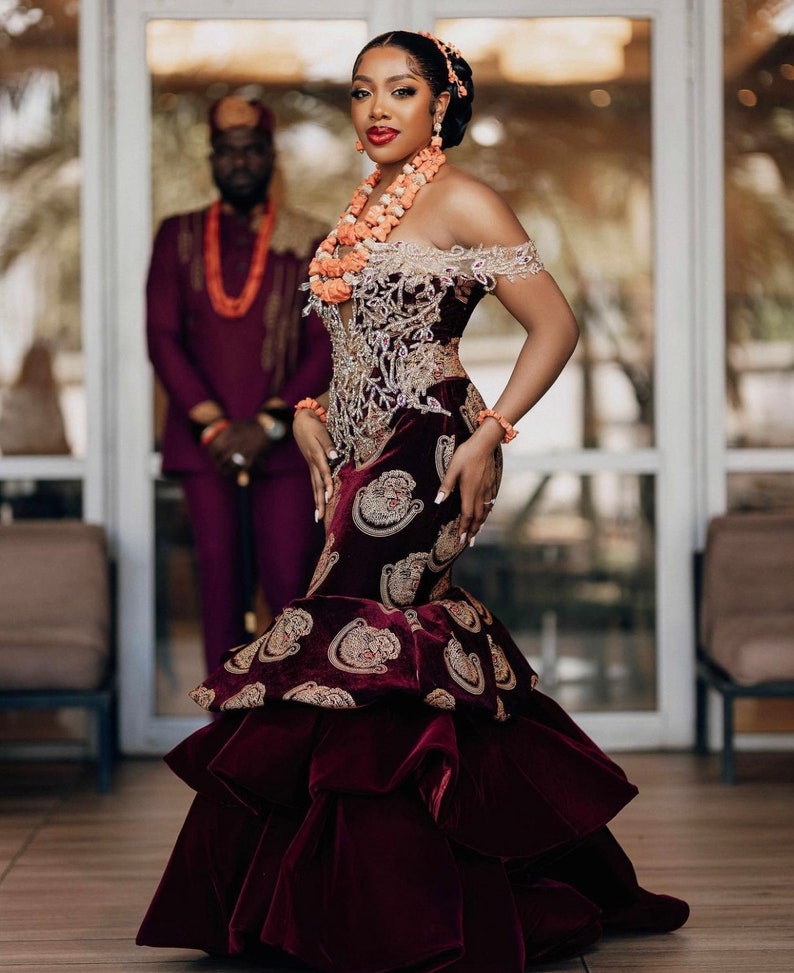





Wow thank you for this excellent write up article, every interesting and educative, kudos.
Thank you for reading. We are glad you found it helpful
Africa styles are always outstanding.